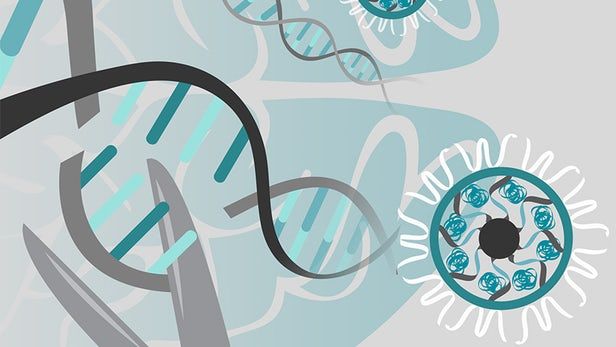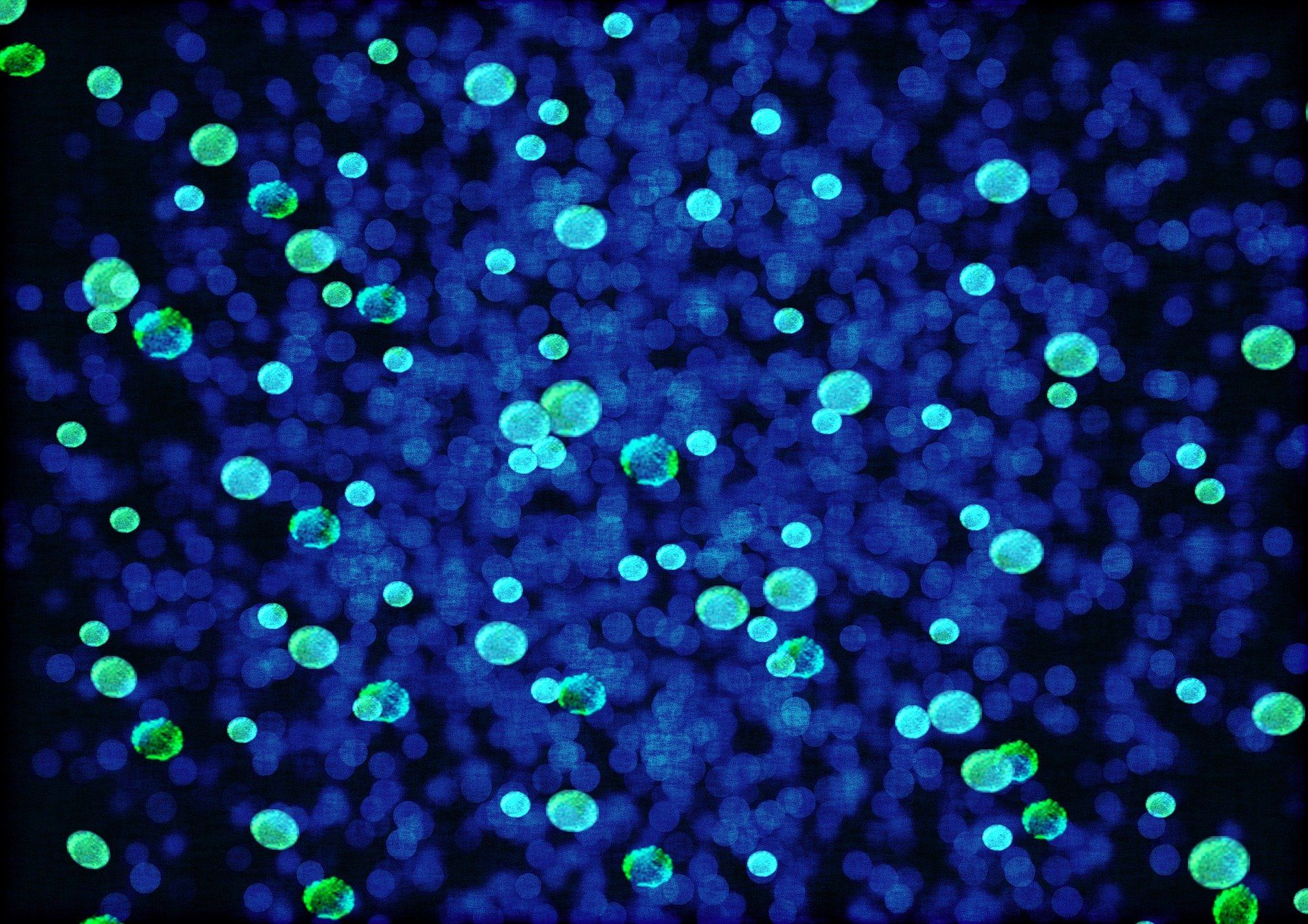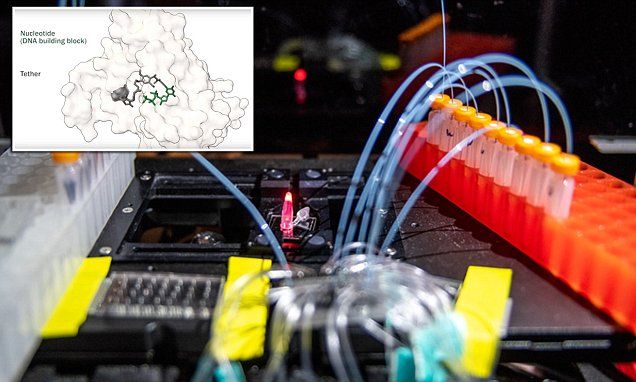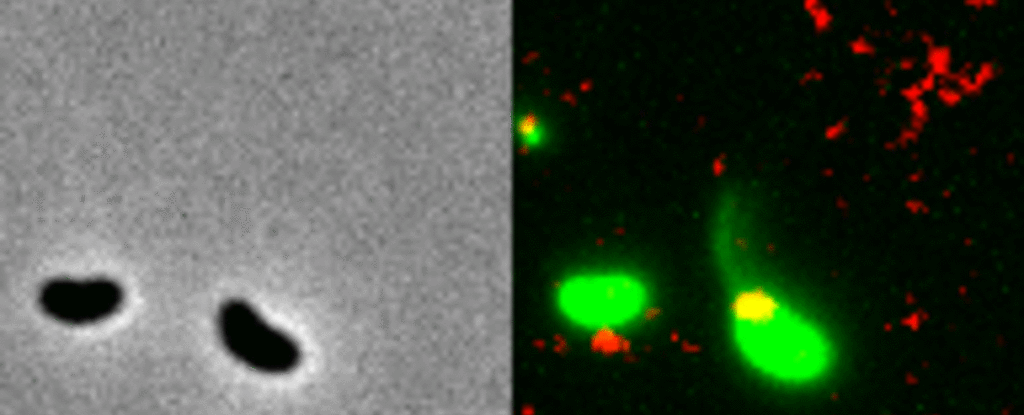Polio was a devastating disease before the development of the polio vaccine. But now, this once-feared virus might help treat another deadly illness — brain cancer.
In a new study, some patients who had an aggressive type of brain cancer called glioblastoma and who received a genetically modified poliovirus lived much longer than typical for these patients.
The study found that about 21 percent of the brain cancer patients who received the poliovirus therapy were alive three years later. In contrast, among a group of previously treated patients who had the same cancer but received standard therapies (such as chemotherapy), just 4 percent were alive after three years.









